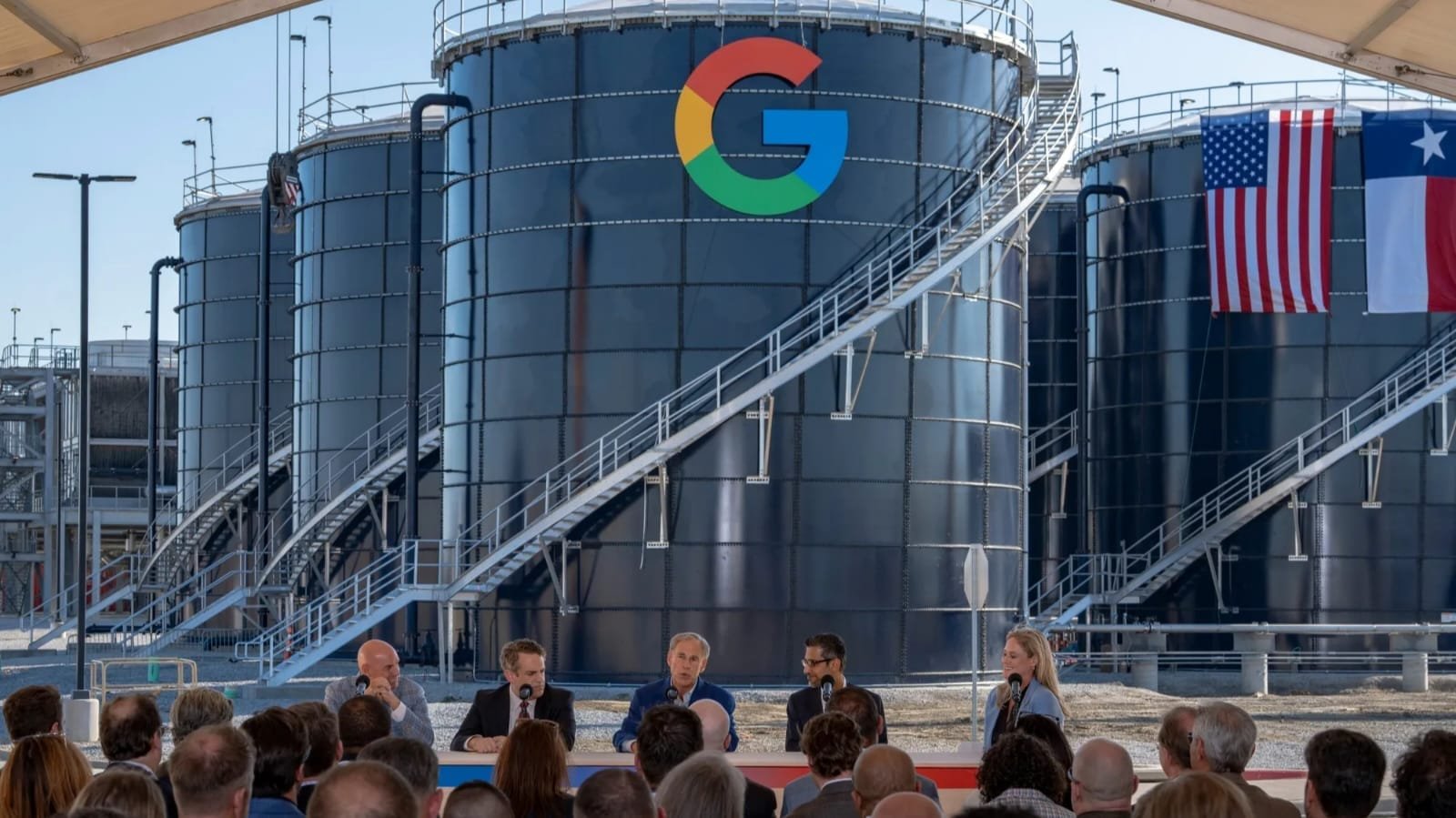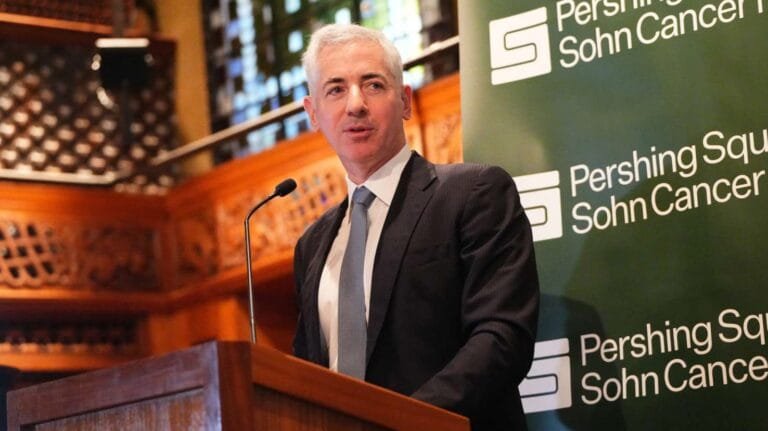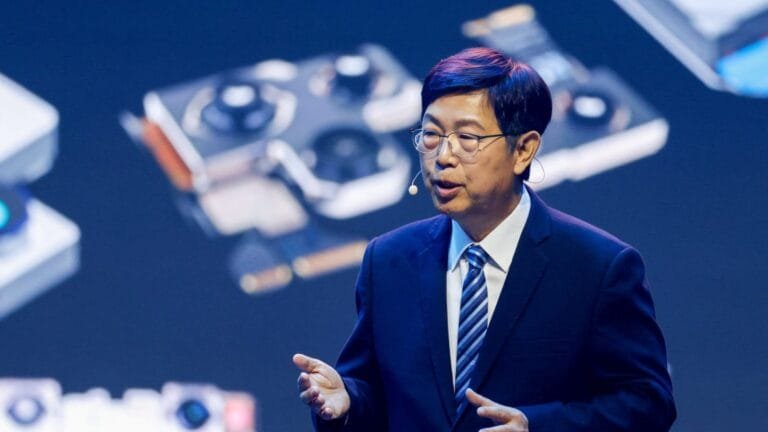
Armstrong and Haskell counties will host Google’s new AI data center campuses.
What is the AI Boom Google Texas and How is Google Involved?
The AI boom refers to the rapidly growing technology of artificial intelligence. Companies are spending a lot of money on AI these days. Google is a leader in this field. The company has used AI in Gmail, Search, and YouTube. Now, building large AI models requires more computing power. Data centers provide this power, so Google is investing to strengthen its cloud services. Competitors like OpenAI and Anthropic are also investing in Texas, but this is making the state an AI hub. The AI boom has transformed the world. People now use chatbots and image generators, as Google’s Gemini model is an example. However, training AI requires a lot of data and energy. Therefore, new data centers are essential. Google has invested billions of dollars in the past, and now it is focusing on Texas because of the availability of cheap energy and space.
Key Details of the Investment
Google will spend $40 billion. It will build three new data center campuses. The first is in Armstrong County. It is located in the Texas Panhandle, while the other two are in Haskell County. It is in West Texas near Abilene. The company will also invest in the existing Midlothian campus and the Dallas cloud region, making it part of a global network. Google has 42 cloud regions worldwide, and the Eros investment will be completed by 2027. This will increase AI computing power.
A solar and battery storage plant will also be built at one Haskell site. This is a co-located project. Google said that this investment will strengthen Texas. Sundar Pichai tweeted, “This investment will create thousands of jobs, train students and apprentices, and make energy cheaper,” which Governor Greg Abbott praised. He said, “This is Google’s largest investment in any state.” This investment reflects the race for AI and cloud services. Companies are building infrastructure for large AI models.
Economic Impact and Jobs AI Boom Google Texas
This investment will create thousands of jobs. Google didn’t provide specific numbers, but it estimates that hundreds of jobs will come from the data center, with more employment generated during construction. The company is focusing on workforce training. It will teach skills to college students and electrical apprentices. By 2030, it will train more than 1,700 apprentices. This is in partnership with the Electrical Training Alliance, which will boost the Texas economy. Armstrong and Haskell counties are rural areas, dependent on agriculture and energy, but now the tech industry will arrive.
Local leaders call this a generational opportunity. Each building will generate $1.35 million in annual revenue for the county. This could begin in 2026. This will improve schools, roads, and services. Google is already active in Texas, with offices in Austin. The data center will now create a state tech hub, attracting other companies. This will increase competition. Employees will receive higher salaries. Demand for AI experts will increase.
Energy and Environmental Aspects
Data centers consume a lot of energy. AI training further increases this. Google has focused on energy, which the company will bring in 6,200 megawatts of new generation capacity. This will be funded through power purchase agreements, followed by a solar and battery storage plant at a site in Haskell. This will increase renewable energy, contributing to Google’s goal of carbon-free energy. Texas has wind and solar potential. The state is energy independent. This investment will increase energy affordability and benefit local communities. However, there are concerns that data centers use a lot of water and electricity. Google has stated that it will adopt sustainable practices, which environmental groups are concerned about. Despite this, the AI boom could exacerbate global warming. Google has promised to use green technology. This will transform Texas’ energy industry.
What this means for Texas
Texas is already tech-friendly. Tesla and SpaceX are here, so now Google’s investment positions the state as an AI leader. Armstrong County is a small county with 2,000 people. A data center will transform the economy. Local businesses will grow. Schools will improve, and the same will happen in Haskell County. Two campuses will have a greater impact. Abilene City will receive a boost. The state government has provided tax incentives. This will attract more companies. Texas’ GDP will increase. But there are challenges. Traffic and housing costs may increase. Locals must be prepared. Regarding Google’s position in the global AI landscape, Google is a leader in AI. However, it faces competition from Microsoft and Amazon, which is why Microsoft invested in OpenAI. Google developed its own AI. This investment will increase cloud market share. AI applications such as automated customer service and medical diagnosis will grow.
Challenges and Criticisms: AI Boom Google Texas
Every major investment has challenges. Data centers have environmental impacts. Water shortages can occur. Texas is facing a drought, so Google promised to use water-efficient technology. There are also privacy concerns. AI collects data. It does, but Google must follow regulations, and there could be opposition from local communities. Some people are wary of large projects. However, the benefits are significant. Google has developed a community engagement plan. Also, the conclusion is that AI Google’s $40 billion investment in Texas is a major step forward. It will support the AI boom, which will benefit Texas. Jobs, training, and energy innovation will come. The company will become an AI leader, and the world will become increasingly dependent on AI. This investment is in that direction. The future looks exciting.






